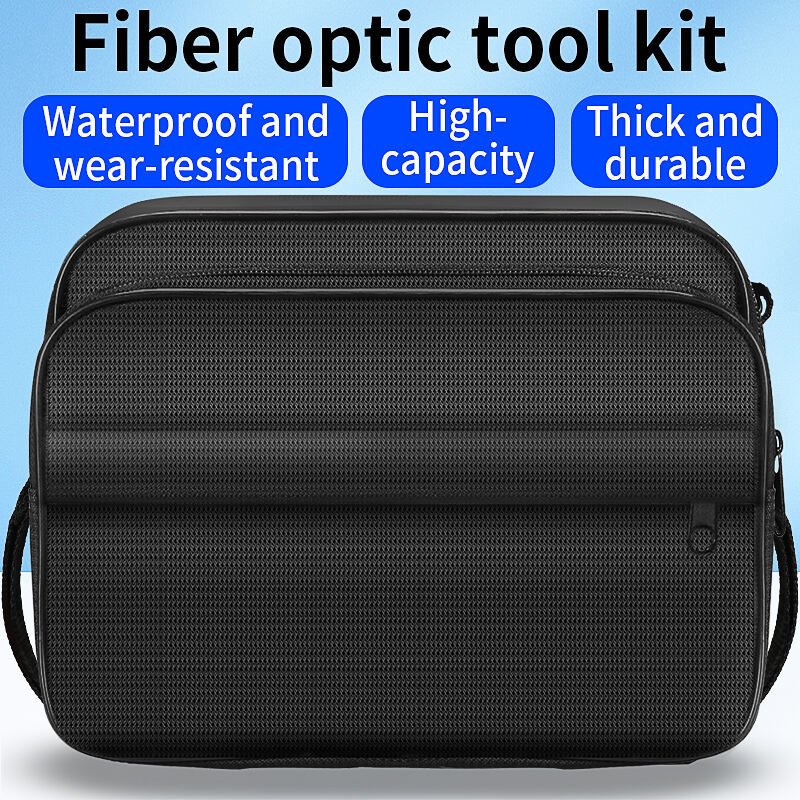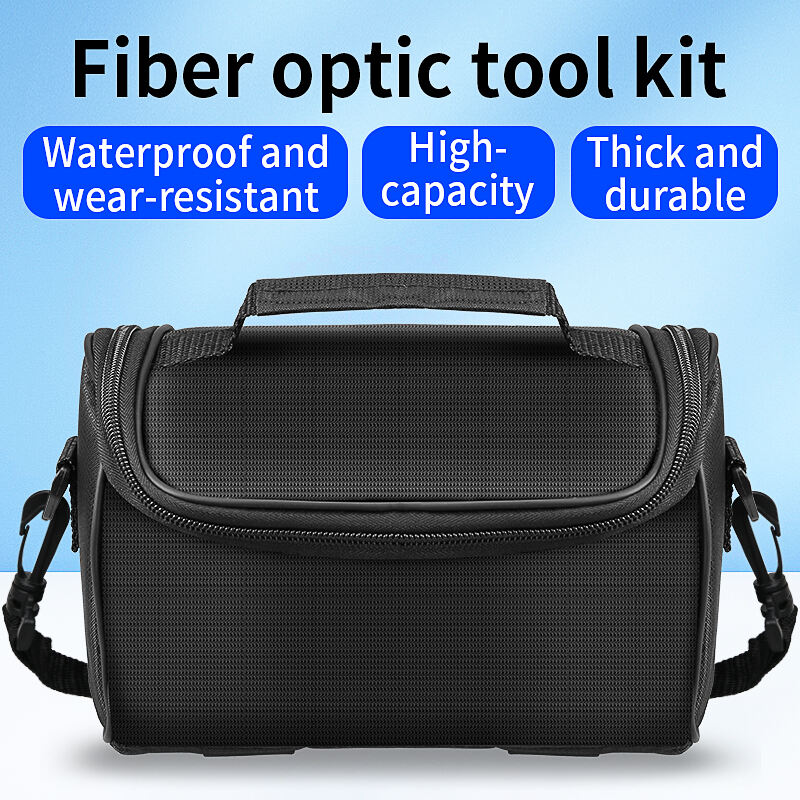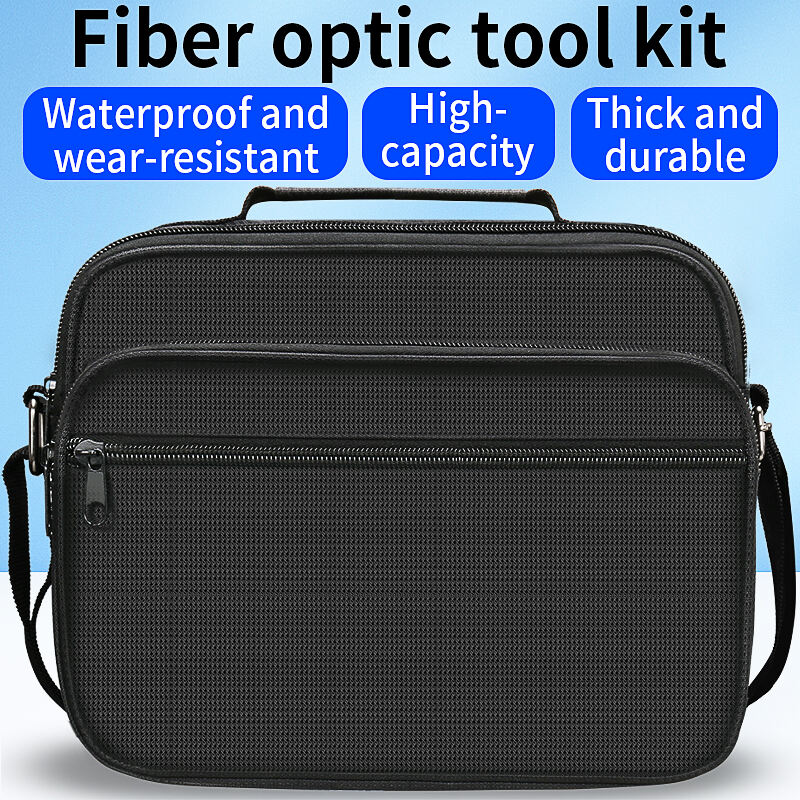splicing tools for fiber optic
Fiber optic splicing tools are essential equipment in modern telecommunications infrastructure, designed to join optical fibers with minimal signal loss. These sophisticated devices utilize precision alignment technology and controlled fusion processes to create seamless connections between fiber optic cables. The main functions include cleaving, cleaning, and fusing fiber optic cables with exceptional accuracy, typically achieving loss rates below 0.1dB. Modern splicing tools feature automated alignment systems, built-in heating elements, and high-definition cameras that provide real-time visual feedback during the splicing process. These tools commonly incorporate wind protection systems, ensuring optimal splicing conditions even in challenging environments. Advanced models offer touchscreen interfaces, multiple splicing programs for different fiber types, and automated quality testing features. The applications span across telecommunications, data centers, cable television networks, and industrial automation systems. These tools are crucial for both new installations and maintenance operations, capable of handling single-mode and multimode fibers, as well as specialized fiber types used in specific industrial applications. They often include integrated storage for splicing history and quality control data, enabling better tracking and documentation of network infrastructure maintenance.


